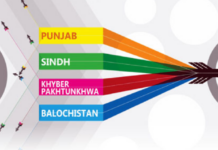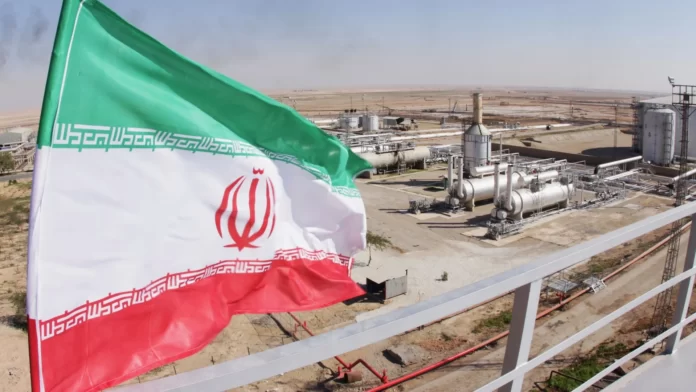Iran is maintaining crude oil supply by loading tankers one at a time and moving floating oil storage much closer to China, two vessel tracking firms told Reuters, as the country seeks to keep a key source of revenue while under attack from Israel.
The conflict between Iran and Israel which broke out last week poses a fresh hurdle for Iran, which uses a shadow fleet of tankers to conceal their origin and skirt U.S. sanctions reinstated in 2018 over its nuclear programme.
Crude exports from Iran, OPEC’s third-largest producer, mainly head to China. Loadings have so far been largely unaffected by the conflict with Israel, the trackers said.
Iran has loaded 2.2 million barrels per day of crude oil so far this week, marking a five-week high, the latest data from analytics firm Kpler showed.
Energy infrastructure in both countries has been targeted in missile exchanges between the two countries, including the Haifa oil refinery in Israel and Iran’s South Pars gas field, though Iran’s major crude exporting facility at Kharg island has so far been spared.
All of the loadings from Kharg Island this week took place from the site’s eastern jetty, said Homayoun Falakshai, head of crude oil analysis at tracking firm Kpler.
Kharg Island is situated deep inside the Persian Gulf, some 30 km off the Middle Eastern nation’s south west coast.
“NIOC may believe it is less risky than the other main jetty located on the western side, in open waters,” Falakshai said, referring to Iran’s state oil firm National Iranian Oil Co.
Large oil tankers are now approaching Kharg Island one at a time, leaving the second jetty on the western side of the island unused for several days, with 15-16 more Iranian tankers scattered across the wider Persian Gulf area.
Iranian oil exports have been steady so far this year at around 1.7 million bpd, the International Energy Agency said on Tuesday, despite U.S. sanctions on Chinese customers since March.
Iran has moved part of its 40 million barrel floating storage fleet, which sits on 36 different vessels, much closer to China to minimise the impact of any disrupions on buyers, ship tracking firm Vortexa told Reuters.
Around ten tankers, carrying approximately 8 million barrels of Iranian crude, are now stationed directly offshore China, Vortexa said, moving from the Singapore area where a further 20 million barrels are located.
The remaining 12 or so million barrels were in the Persian Gulf at the start of the month, Vortexa added, but their current location was not clear.
Having floating storage allows tankers to load crude oil without an immediate fixed destination to head to.
“Iran has been moving these barrels eastwards even without firm orders to strategically place the barrels closer to the end buyers in a time of heightened geopolitical risk,” Vortexa’s senior China market analyst Emma Li said
Moving barrels closer to China would offset the impact of up to two weeks of disrupted Iranian loadings, Vortexa added.























